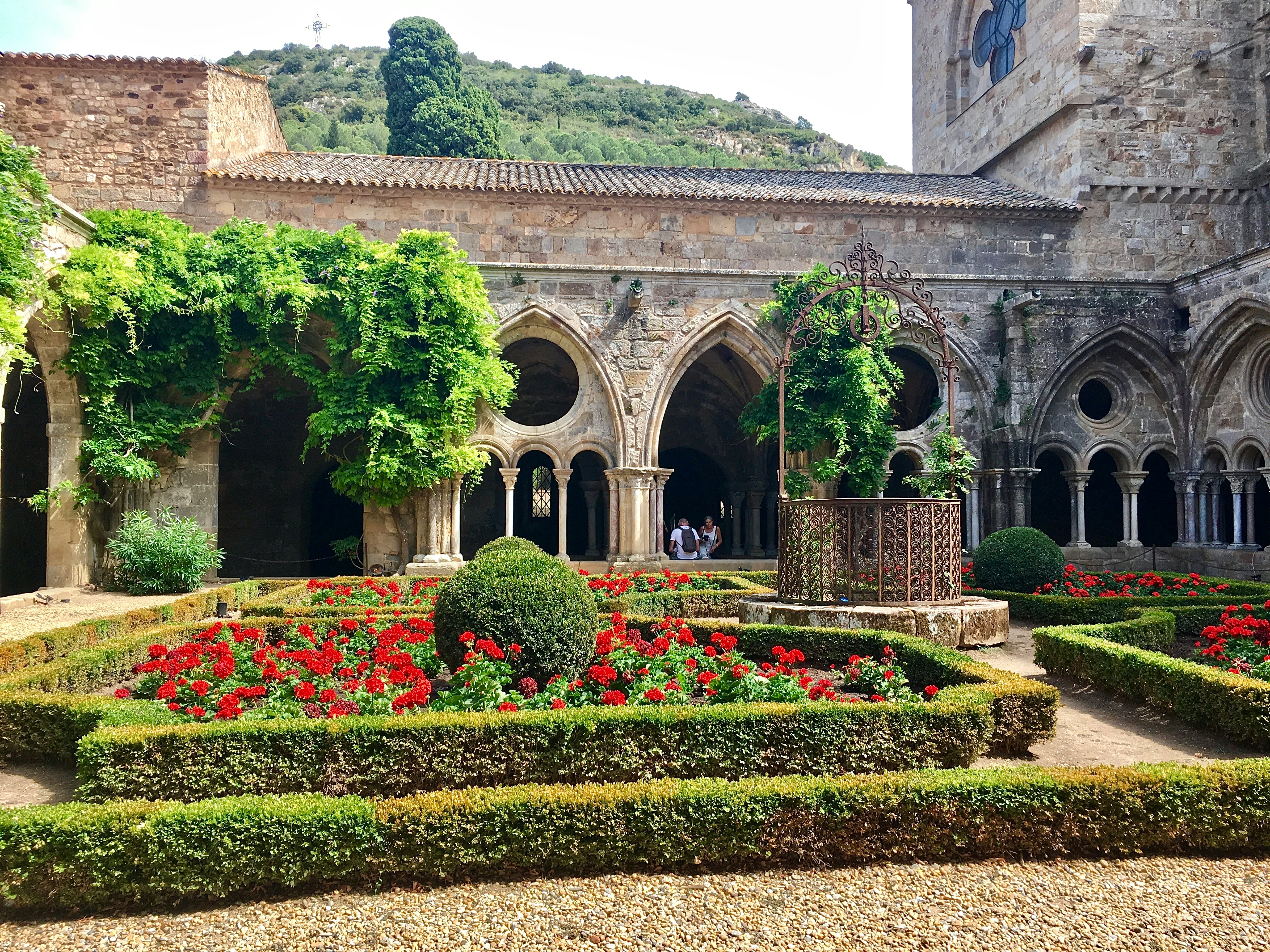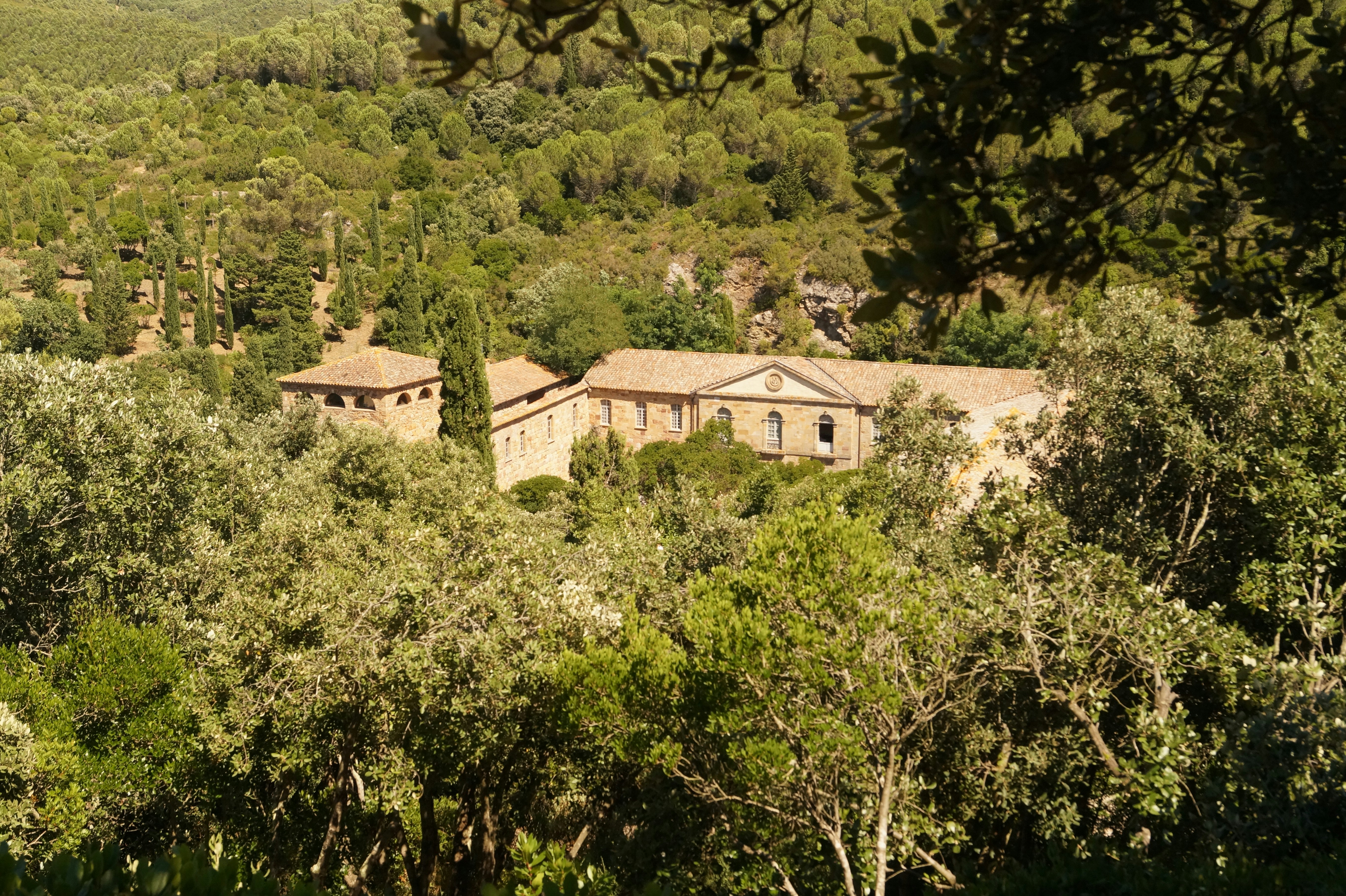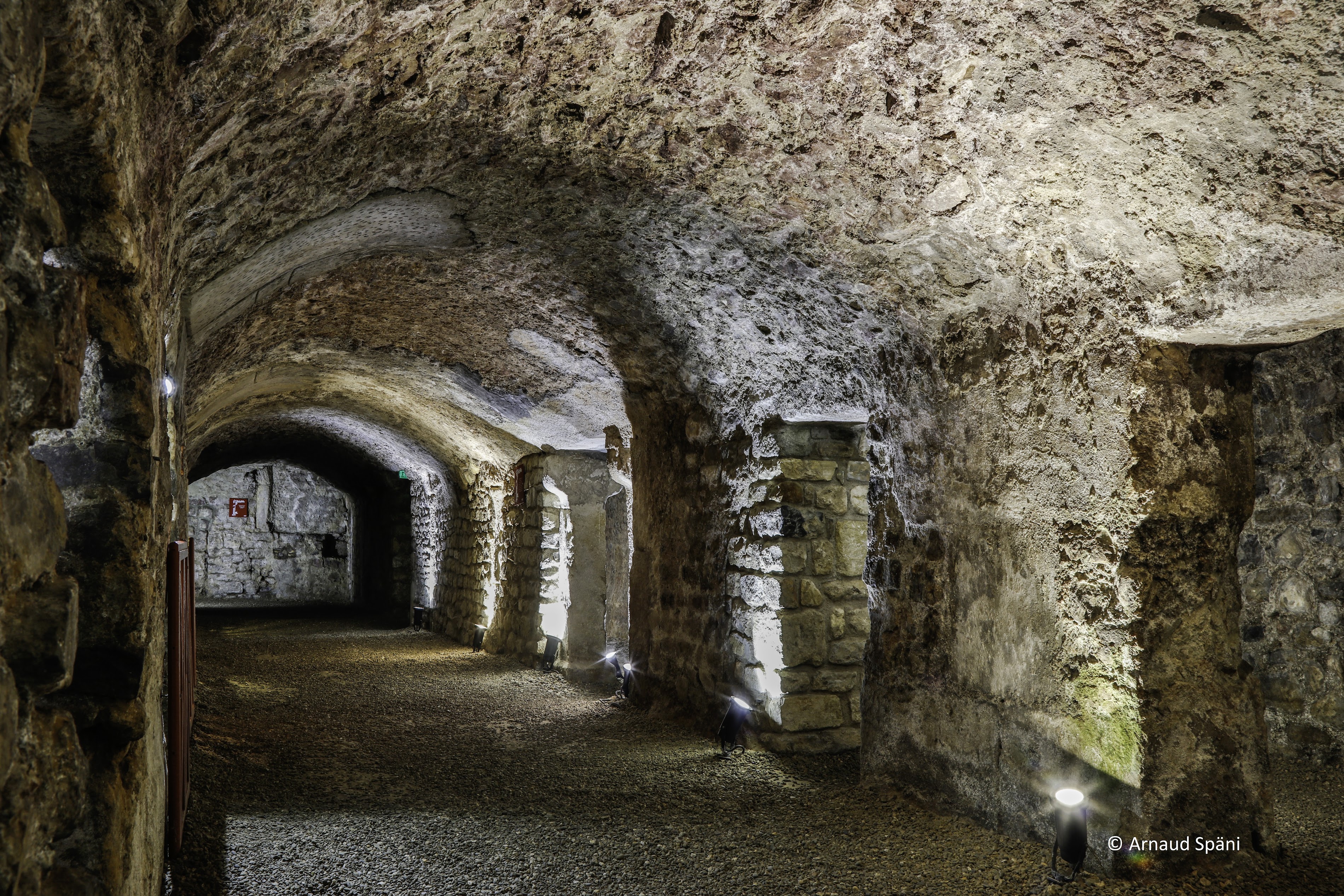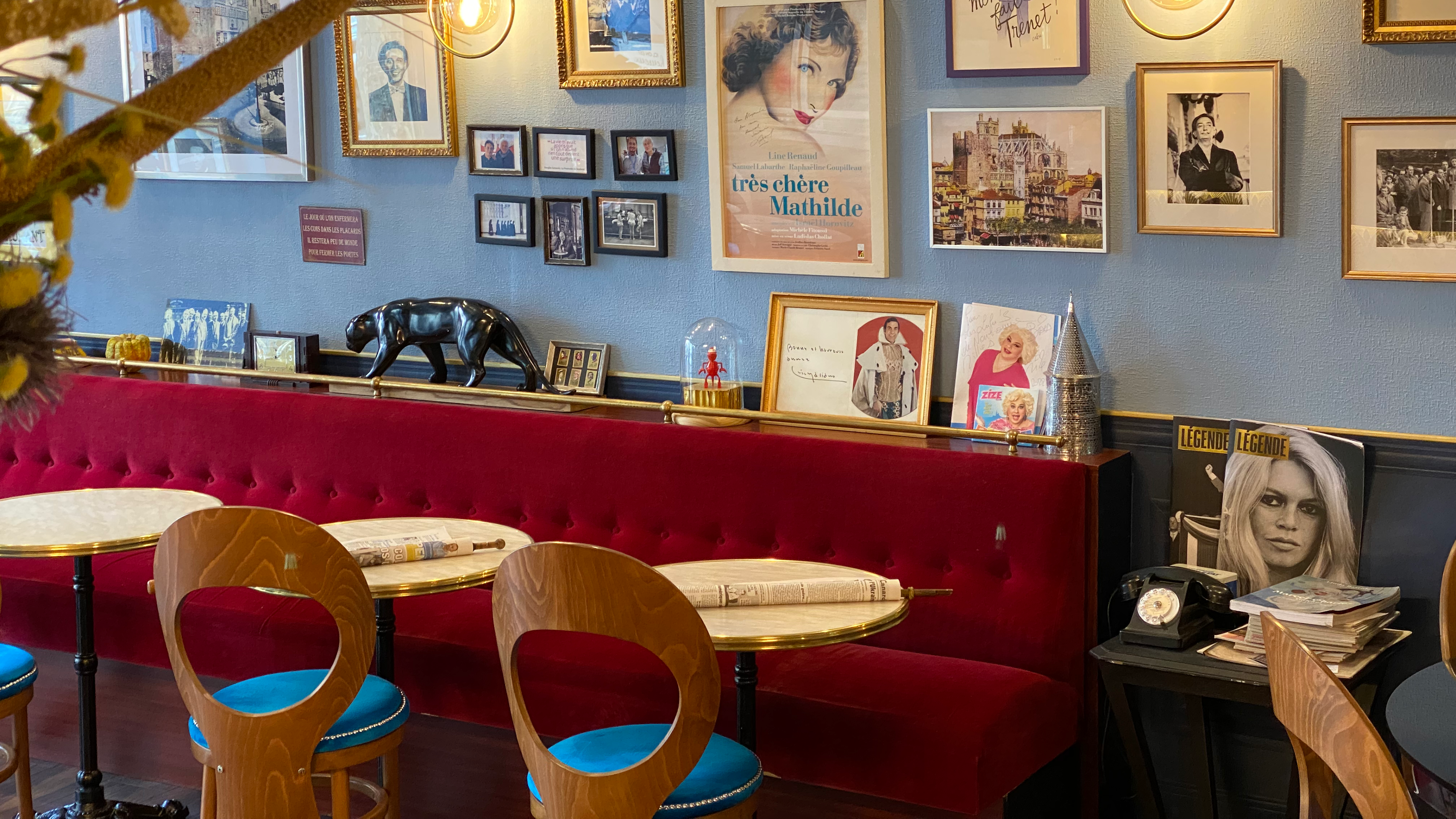Narbonne: Roman history is discovered in Mediterranean France
In the sun-drenched region of Occitanie, where the azure waters of the Mediterranean meet rolling vineyards, a city of remarkable historical significance can be found. This ancient settlement, with roots stretching back over two millennia, has been shaped by the ebb and flow of empires, yet maintains a distinctly Gallic charm. Welcome to Narbonne, a place where Roman grandeur and medieval intrigue are woven into the fabric of everyday life.

Echoes of Empire
As one wanders through the heart of Narbonne, the city's Roman heritage is impossible to ignore. The Via Domitia, the first Roman road built in Gaul, can still be seen in the main square. These ancient stones, worn smooth by countless feet over the centuries, serve as a tangible link to the city's origins as a bustling Roman colony.
The Horreum, an underground network of galleries and storage rooms dating back to the 1st century BC, is another testament to Narbonne's importance during the Roman era. These subterranean chambers, once used to store grain and other goods, now offer visitors a glimpse into the sophisticated infrastructure of ancient urban life.
Things to do in Narbonne
A Cathedral's Tale
Dominating the skyline, the Cathedral of Saint-Just and Saint-Pasteur stands as a monumental reminder of Narbonne's medieval power. Construction on this Gothic masterpiece was begun in 1272, but it was never completed due to the city's changing fortunes. Despite this, the existing structure is awe-inspiring, with soaring vaulted ceilings and intricate stone carvings that speak to the skill of medieval craftsmen.
The cathedral's treasury houses a collection of precious religious artifacts, including tapestries, illuminated manuscripts, and ornate reliquaries. These objects not only showcase the wealth and influence of the medieval church but also provide insight into the artistic and cultural life of Narbonne through the ages.
A Culinary Journey
Narbonne's rich history is matched by its vibrant culinary scene. The city's location, nestled between the Mediterranean and the Languedoc wine region, ensures a bounty of fresh seafood and world-class wines. The covered market, Les Halles, is a feast for the senses. Here, local producers offer an array of regional specialties, from pungent cheeses to succulent olives and fragrant herbs.
Cassoulet, a hearty stew of white beans and various meats, is a beloved local dish that reflects the rustic, comforting nature of Languedoc cuisine. Paired with a robust red wine from a nearby vineyard, it's a meal that encapsulates the essence of Narbonne's gastronomic heritage.
Natural Wonders
Beyond the city limits, the beauty of the Languedoc countryside unfolds. The Canal de la Robine, a branch of the famous Canal du Midi, winds its way through Narbonne, providing a picturesque setting for leisurely walks or bike rides. This waterway, recognized as a UNESCO World Heritage site, once played a crucial role in the region's commerce and continues to charm visitors with its tranquil beauty.
A short distance from the city, the Massif de la Clape offers a rugged landscape of limestone cliffs and fragrant garrigue scrubland. This protected natural park is not only a haven for hikers and nature enthusiasts but also home to several excellent wineries, where the unique terroir imparts distinctive characteristics to the local vintages.
A Living Museum
In Narbonne, history isn't confined to museums and archaeological sites; it's an integral part of the city's daily life. The Archbishop's Palace, a formidable complex of medieval buildings, now houses the town hall and several museums. The juxtaposition of administrative offices and priceless artifacts within these ancient walls perfectly illustrates Narbonne's ability to blend past and present.
The Narbo Via Museum, a recent addition to the city's cultural landscape, further enhances this connection to the past. This modern facility showcases an impressive collection of Roman artifacts, using cutting-edge technology to bring ancient Narbo Martius (as Narbonne was known in Roman times) to life.
A Timeless Allure
As the sun sets over the terracotta rooftops of Narbonne, casting a golden glow across the city, one can't help but feel a sense of continuity with the countless generations who have called this place home. From Roman colonists to medieval clerics, from Renaissance merchants to modern-day residents, each has left their mark on the city's physical and cultural landscape.

Narbonne may not have the international renown of some of France's larger cities, but its charm lies in its authenticity and the depth of its historical roots. It's a place where layers of history are not hidden away but integrated into the fabric of everyday life. For those seeking a glimpse into the rich tapestry of French history, culture, and cuisine, Narbonne offers a uniquely immersive experience.
As your journey through this captivating city comes to an end, you might find yourself drawn to explore more of what southern France has to offer. Perhaps your next adventure will take you to the vibrant streets of Toulouse, where another chapter of French history and culture awaits to be discovered.
When to visit Narbonne
January
February
March
April
May
June
July
August
September
October
November
December
Top attractions in Narbonne
Show all
Narbonne Cathedral
Nestled in the heart of the historic city of Narbonne, France, the Narbonne Cathedral stands as a majestic symbol of the region's rich religious and cultural heritage. This impressive Gothic structure, with its towering spires and intricate stonework, has been a focal point for the community for centuries, drawing visitors from near and far to marvel at its architectural splendor.
Narbonne - FRANCE

Roman Granary Museum
Nestled in the heart of Narbonne, France, the Roman Granary Museum stands as a testament to the city's rich historical heritage. This captivating museum offers visitors a unique opportunity to explore the remnants of a massive Roman granary, providing a glimpse into the ancient world that once thrived in this vibrant Mediterranean port.
Narbonne - FRANCE

Abbaye de Fontfroide
Nestled in the heart of the Languedoc region, the Abbaye de Fontfroide is a captivating destination that seamlessly blends history, architecture, and culinary excellence. This former Cistercian abbey, now a renowned restaurant, has been drawing visitors from near and far to savor its rich heritage and exceptional cuisine.
Narbonne - FRANCE

Palais-Musée des Archevêques, Palais Vieux
Nestled in the heart of the historic city of Narbonne, France, the Palais-Musée des Archevêques, Palais Vieux stands as a testament to the region's rich cultural heritage. This captivating museum and tourist attraction offers visitors a glimpse into the city's storied past, inviting them to explore the grandeur of its architectural marvels and the stories they hold.
Narbonne - FRANCE

The birthplace of Charles Trenet
Nestled in the heart of southern France, the charming city of Narbonne holds a unique distinction – it is the birthplace of the beloved French singer and songwriter, Charles Trenet. This museum and tourist attraction, where the legendary artist first took his first breath, has become a cherished destination for those seeking to connect with the rich cultural tapestry of the region.
Narbonne - FRANCE

Ècluse de Narbonne
Nestled along the tranquil Canal de la Robine in the historic city of Narbonne, France, the Ècluse de Narbonne stands as a charming reminder of the region's rich maritime heritage. This picturesque lock, part of the Languedoc-Roussillon canal system, offers visitors a unique opportunity to witness the centuries-old art of navigating the waterways that have long been the lifeblood of the local community.
Narbonne - FRANCE
Michelin Restaurants in Narbonne
Show all
La Table Lionel Giraud
The place is named after Abbé St Crescent, who in the Middle Ages opened his doors to pilgrims on the Camino de Santiago. The arcades and bare stones may be a throwback to the distant past, but today the decor is ultra-modern, with finely crafted black and white polished concrete floors and sculptural one-piece seats. Lionel Giraud, son of a restaurant owner, is a strong advocate of locally sourced produce. An inventive chef, he honours ingredients from the most noble (Mediterranean red tuna) to the most modest (green beans) and everything in between, such as an authentic Corbières buffalo mozzarella. He is also a proponent of ikejime, the Japanese method of killing fish that maintains the quality of the meat and is argued to be more humane.
Narbonne - FRANCE

L'Art de Vivre
At this vineyard nestled in the La Clape mountains, chef Laurent Chabert sources some of his ingredients (including aromatic herbs) from his own kitchen garden, and also uses fine local produce (organic for the most part). He creates colourful, fragrant dishes, such as grouper cooked over the embers of a barbecue, braised aubergine glazed with tomato juices… The food and wine pairings draw on a selection of bottles from the estate.
Narbonne - FRANCE

Le Petit Comptoir
This gastronomic eatery with a 1930s character serves bistro cuisine with fine ingredients. If you fancy buying a bottle of one of the wines served here – there are 350 on the list, most of them local – pay a visit to the cellar!
Narbonne - FRANCE

Cave à Vin & à Manger - Maison Saint-Crescent
La Cave à Manger by Lionel Giraud proposes bistro cuisine made with top-notch ingredients from Occitanie. The food is rugged, flavoursome and spot-on – special mention for the chuck beef slowly simmered in its juices and the velvety purée of carrots. La Cave à Vin, located under the same roof, boasts 2,500 wines; pick a bottle to drink with your meal for a corkage fee. A real winner.
Narbonne - FRANCE
Best Restaurants in Narbonne
Show all
Grill Lounge
Dine in • Takeaway • Delivery • Breakfast • Lunch • Dinner • Vegetarian Friendly • Wheelchair-accessible entrance
Narbonne - FRANCE

Restaurant Le Mosaïque
Dine in • Lunch • Dinner • Wheelchair-accessible entrance
Narbonne - FRANCE

Ô Juste
Dine in • Takeaway • Breakfast • Lunch • Dinner • Vegetarian Friendly • Wheelchair-accessible entrance
Narbonne - FRANCE

Chez Lulu
Dine in • Takeaway • Breakfast • Lunch • Dinner • Vegetarian Friendly • Wheelchair-accessible entrance
Narbonne - FRANCE

Restaurant Bonne Mère Narbonne
Dine in • Breakfast • Lunch • Dinner • Wheelchair-accessible entrance
Narbonne - FRANCE

Les Grands Buffets
Dine in • Lunch • Dinner • Wheelchair-accessible entrance
Narbonne - FRANCE
Related articles
Show all
Top 15 things to do in Strasbourg
The enchanting capital of Alsace, where French and German cultures intertwine, beckons travelers with its unique blend of history, architecture, and gastronomy. This picturesque city, straddling the Rhine, has been shaped by centuries of cross-border influences, resulting in a destination that captivates visitors with its distinctive charm and character. From its UNESCO-listed old town to its modern European institutions, a wealth of experiences awaits those who venture to this corner of northeastern France.
Strasbourg - FRANCE

Corsica - the Island of beauty
The mountainous Mediterranean island of Corsica sits off the south coast of France and appears to be its little continent. The island, which was formerly part of Italy, has been a popular holiday destination with Parisians for years, and it's no wonder why. Home to prosperous coastal towns, jagged cliffs, and endless hiking trails, Corsica provides a welcome escape from the mainland's nuances.
FRANCE

The 15 best things to do in Rouen
Normandy's capital city beckons with its rich tapestry of history, art, and culture. Medieval half-timbered houses line cobblestone streets, while Gothic spires pierce the sky, creating a mesmerizing backdrop for exploration. From the haunting echoes of Joan of Arc's final days to the vibrant strokes of Impressionist masters, this French gem offers a captivating journey through time and artistic expression.
Rouen - FRANCE

The Authentic Villages of the La Roya Valley
La Roya Valley is a spectacular valley that runs from the town of Tende on the French-Italian border right down to the coast before winding back into the Italian countryside. Vallee de la Roya covers over 40 kilometers of ground and winds its way through beautiful countryside, remote farmland, and the mighty Southern Alps. The valley isn’t just a place of outstanding beauty, home to traditional French settlements and small authentic villages, it’s also a region of France that’s bursting with history and was once occupied by Italy during WWI. Fun fact - the valley only became a part of France in 1947 and today a segment of it still belongs to the Italians.
Sospel - FRANCE

The 15 best things to do in Carcassonne
In the heart of southern France, a medieval citadel rises from the landscape, its ancient stones whispering tales of knights, troubadours, and centuries of tumultuous history. This enchanting fortress city, with its double-walled ramparts and fairy-tale turrets, has captivated visitors for generations. Beyond the walls, a vibrant modern town pulses with life, offering a perfect blend of historical intrigue and contemporary charm. For those seeking to immerse themselves in this unique destination, a wealth of experiences awaits.
Carcassonne - FRANCE

Best 15 things to do in Honfleur
Normandy's coastline has long been admired for its picturesque harbors and charming villages. Among these gems, one town stands out for its timeless beauty and rich artistic heritage. With its colorful harbor, medieval architecture, and vibrant cultural scene, this enchanting destination has captivated visitors for centuries. From exploring historic landmarks to indulging in local delicacies, a wealth of experiences awaits those who venture to this Norman jewel.
Honfleur - FRANCE



 Home
Home Wishlist
Wishlist